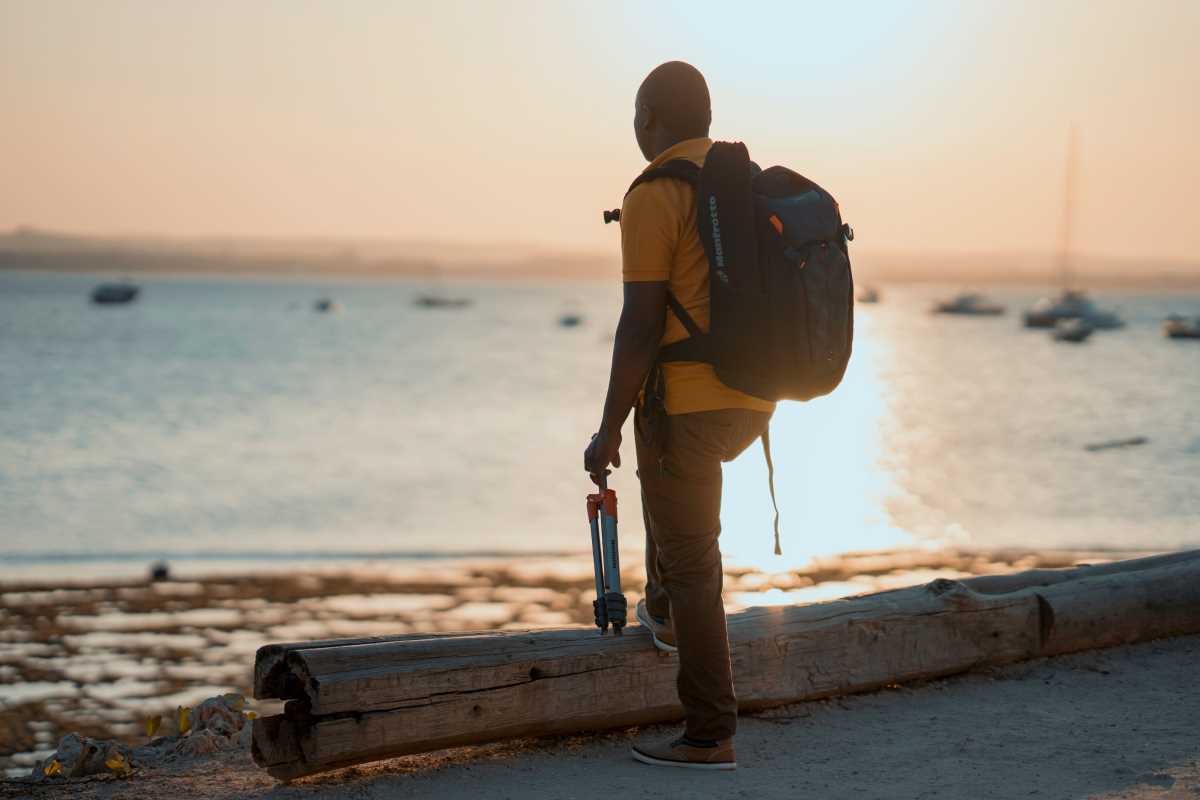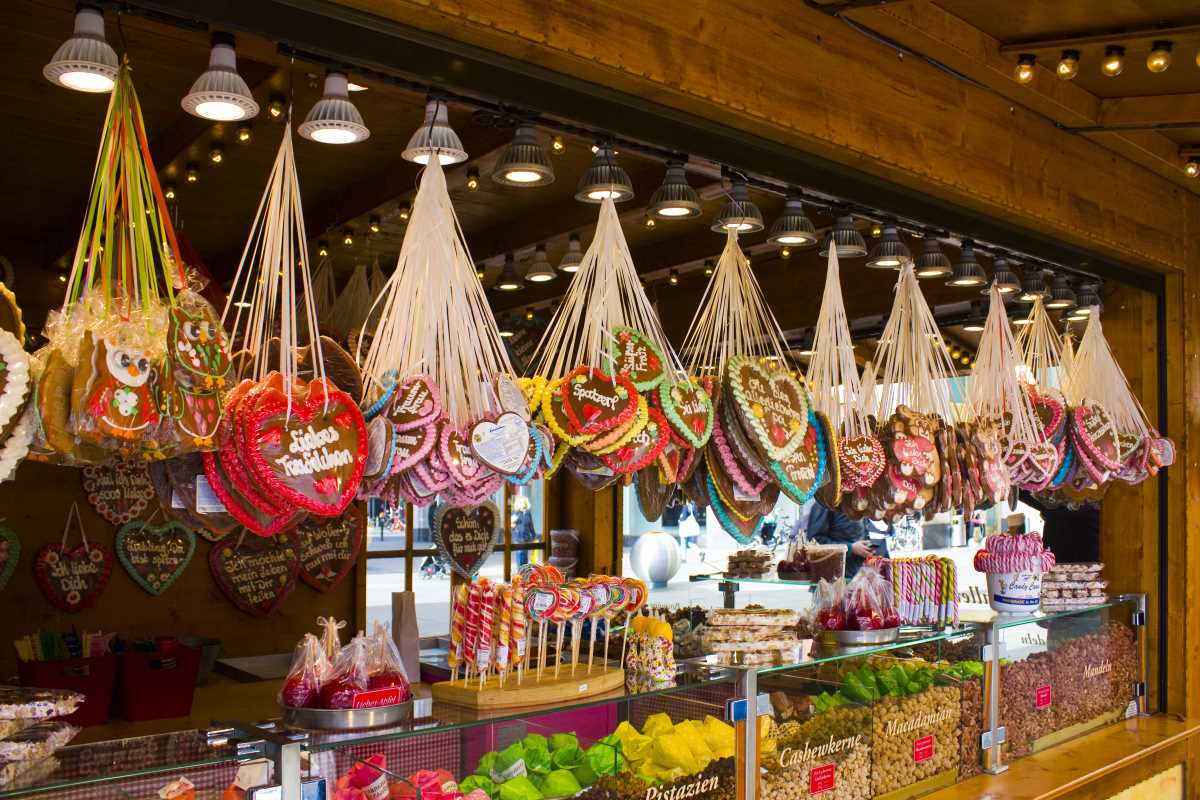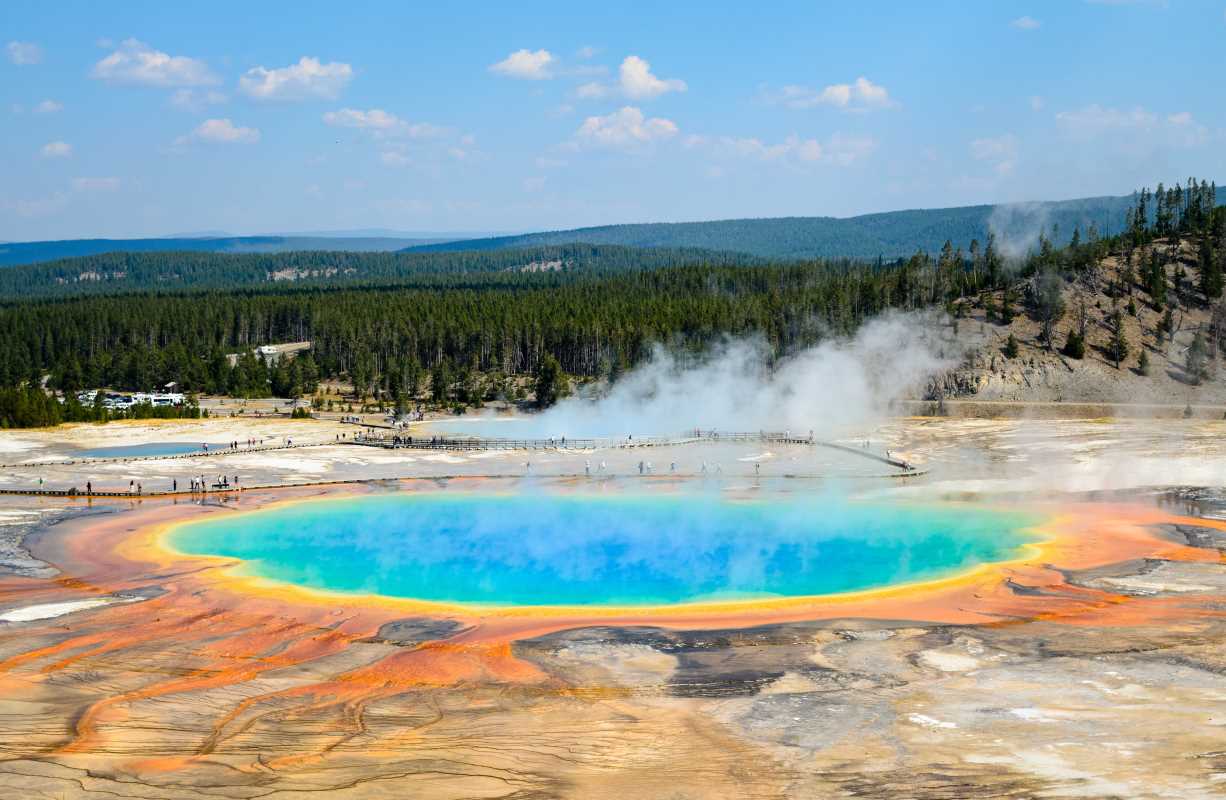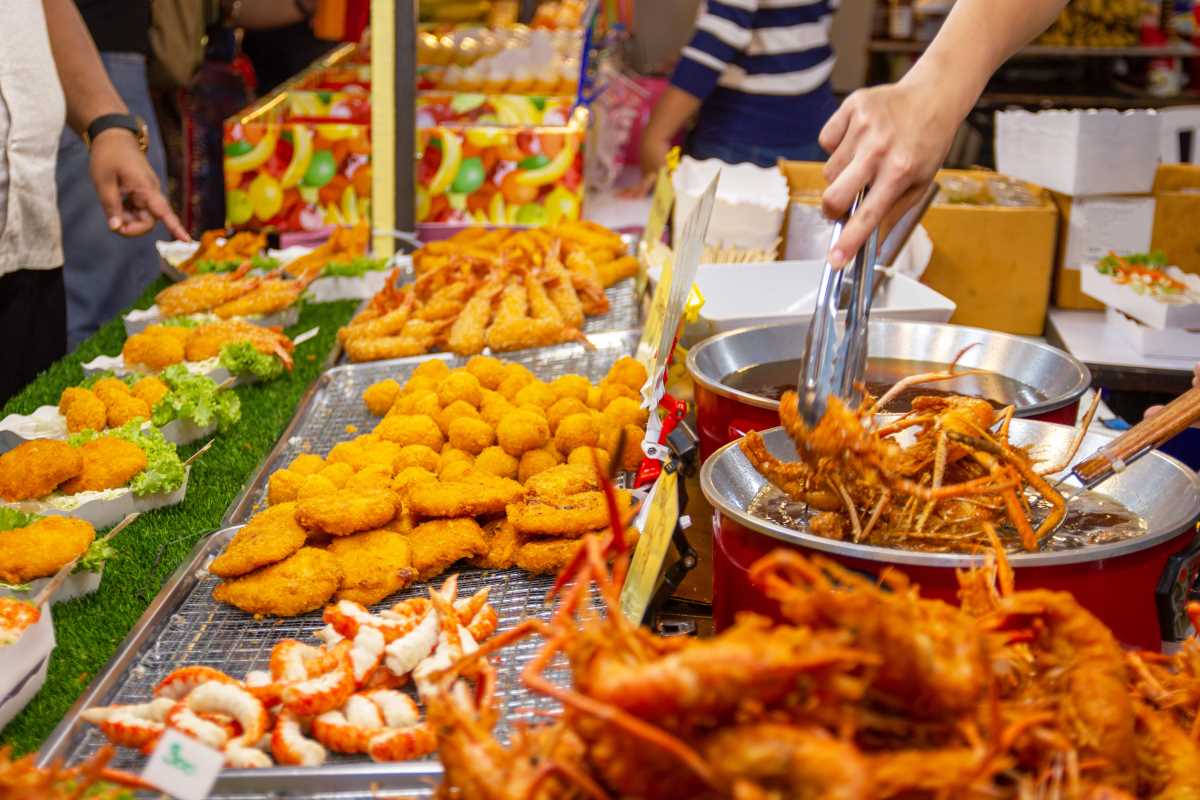Sunrise casts golden light across distant ridgelines as you follow winding trails through untamed landscapes. Each step reveals the crisp clarity of mountain air, the satisfying crunch of gravel beneath sturdy boots, and a rising excitement stirred by spectacular vistas. Traveling across the world to conquer rugged peaks and explore secret valleys brings more than just physical challenge; it invites discovery of local traditions and flavors that greet you at every stop along the way. Every journey unfolds new experiences, blending the thrill of adventure with the warmth of shared stories and enticing meals prepared in the heart of nature.
Whether you wander through the shadow of the Andes or skirt the snowfields of the Alps, each route unfolds a tapestry of local customs, ingredients, and flavors that embellish every rest stop. As you learn to embrace each community’s hospitality, you’ll find the landscape shifts from mere backdrop into an immersive experience that lingers long after boots return home.
Peaks Reveal Different Perspectives
Climbing mountains goes beyond physical ascent. You connect instantly with how generations of shepherds, traders, and artisans viewed these very passes. Encountering a highland family sharing flatbread and herb-infused tea under makeshift shelters reveals a rhythm of resilience and celebration. This interplay of geology and culture fuels your curiosity: every cairn and color-coded trail marker echoes local storytelling traditions.
In remote villages perched on ridges, your guide might point out ancient terracing that once fed entire clans, inviting you to taste heirloom grains still grown at altitude. These intimate exchanges shape your trek into an anthropological unfolding, where culture and cuisine orient your senses as strongly as guidebooks or gear lists.
Decoding Altitude Culture
Each mountain range has its own mix of myths and local foods. On the Pamirs, savor spicy noodles steeped in yak broth; in the Dolomites, delight in cheese aged where icy winds sharpen its profile. By focusing on these sensory contrasts you discover how each plateau and valley develops a unique flavor palette—one you can chase as eagerly as summit views.
When you share a communal meal around a crackling fire, you join in centuries of mountain fellowship. These gatherings shift your perspective: trekking becomes more than just navigating terrain, it turns into a celebration of human resilience and flavor. You’ll leave with not only photographs but a trove of stories carried in every recipe.
Gear You Can Trust and Tips from Insiders
- Mountain trekking down garments: This specialized down jacket uses water-repellent treatment on premium goose down to resist moisture even in damp mountain valleys, with a lightweight ripstop shell to reduce bulk. It weighs under 600 grams, typically costs around $300 to $400, and you can find it at high-altitude outfitters in Europe or North America. Insider tip: Slip a thin merino base layer over the folded jacket inside your pack to stabilize loft and prevent clumping when you stash it mid-trail.
- Dehydrated regional meal kits: These single-serving pouches lock in authentic spices and textures from Himalayan dal to Andean quinoa stews. Carrying five meals costs roughly $50, widely available online or at specialty outdoor festivals. Each pouch rehydrates in hot water within eight minutes while capturing local flavor bridges between camps. Pro-tip: Tear the pouch’s corner slightly before adding water; that small vent prevents sudden eruptions of steam in your cook pot.
- Handheld altimeter-watch hybrid: An integrated device combining precise barometric altimetry with GPS breadcrumbs allows you to track elevation gains down to two-meter accuracy. It retails near $250 and pairs with smartphone mapping in most regions, though satellite sync works only above 1,500 meters. Ranger’s note: Calibrate at known landmarks before dawn so you avoid drift during sudden weather shifts and trust every reading when ridge-line visibility vanishes.
- Portable satellite communicator: This rugged gadget sends two-way messages without cell service and triggers emergency beacons if you lose trail markers in whiteout conditions. Subscription plans vary from $15 monthly to $100 for annual unlimited checks; you can rent units for specific expeditions in Australia and parts of Canada. Caveat: Battery life drops below –10°C, so stash spare lithium packs near your torso rather than in an outer pocket to preserve charge.
- Solar espresso maker: Crafted for alto enthusiasts, this lightweight contraption uses collapsible panels to harness midday sun, powering a micro-pump that extracts coffee shots in under a minute. Units start at $120 and ship across temperate zones, though output dips under tree canopy. Insider hack: Angle panels toward the sun’s path and rest the pod holder on a warm rock to reduce bitterness when daylight dims behind cloud banks.
Culinary and Cultural Pit-Stops Along the Trail
- Local cheese markets: Seek out village fairs where artisans display chunks of alpine cheese rolled in hay for added aroma. You’ll find flavors ranging from tangy to silky smooth tucked beneath cloth. Share bites with shepherd elders who happily recount livestock lore. Keep a tiny sampler bag handy to trade for fresh mountain herbs.
- Ridge-side tea ceremonies: In many ranges, guides prepare mint or chamomile tea using water filtered directly from glacial streams. These rituals pause your climb, offering warmth against wind chill and a taste of centuries-old hospitality. Sip slowly and observe local brewing rhythms—they reveal subtle etiquette on how to pour and serve without spilling a drop.
- Community bread ovens: Some highland villages fire up communal clay ovens at sunrise. You can participate by kneading dough into fearsome ash-filled hearths, then retrieving crisp flatbreads an hour later. This hands-on session teaches you both oven maintenance and social bonds that cement neighborly trust in remote expanses.
- Wild-foraging workshops: A growing number of trail camps host short tutorials on edible alpine mushrooms, berries, and herbs. By learning eye-catching idiosyncrasies—like cap shape or stem color—you enrich your palate and avoid digestive mishaps. Keep a small field guide close so you never mistake a chanterelle for a toxic look-alike.
Adapting Quickly to Weather Changes and Staying Safe
Mountain weather changes rapidly, sending squalls down shadows or sealing ridges in mist. You stay alert by practicing quick-pitch tarp setups, so you respond instantly when thunderheads gather. Always tie guylines to stable rocks—anchors weaken in soggy soil.
When icy gusts blow in, use layering strategies instead of bulky coats. Adjust zippers near wrists to vent warm air and avoid sweating, which chills you quickly once the wind picks up.
Designing Your Own Mountain Experience
Mix summit climbs with cultural stops—like cheese cellar visits—for a richer journey. Sketch route ideas while scouting local stays off the main trail.
Swap stories with fellow trekkers to uncover hidden cafes and outdoor dinners. These shared moments enrich every view and bite.
Let each step bring new discoveries in nature, flavor, and friendship. Stay curious and enjoy the adventure.
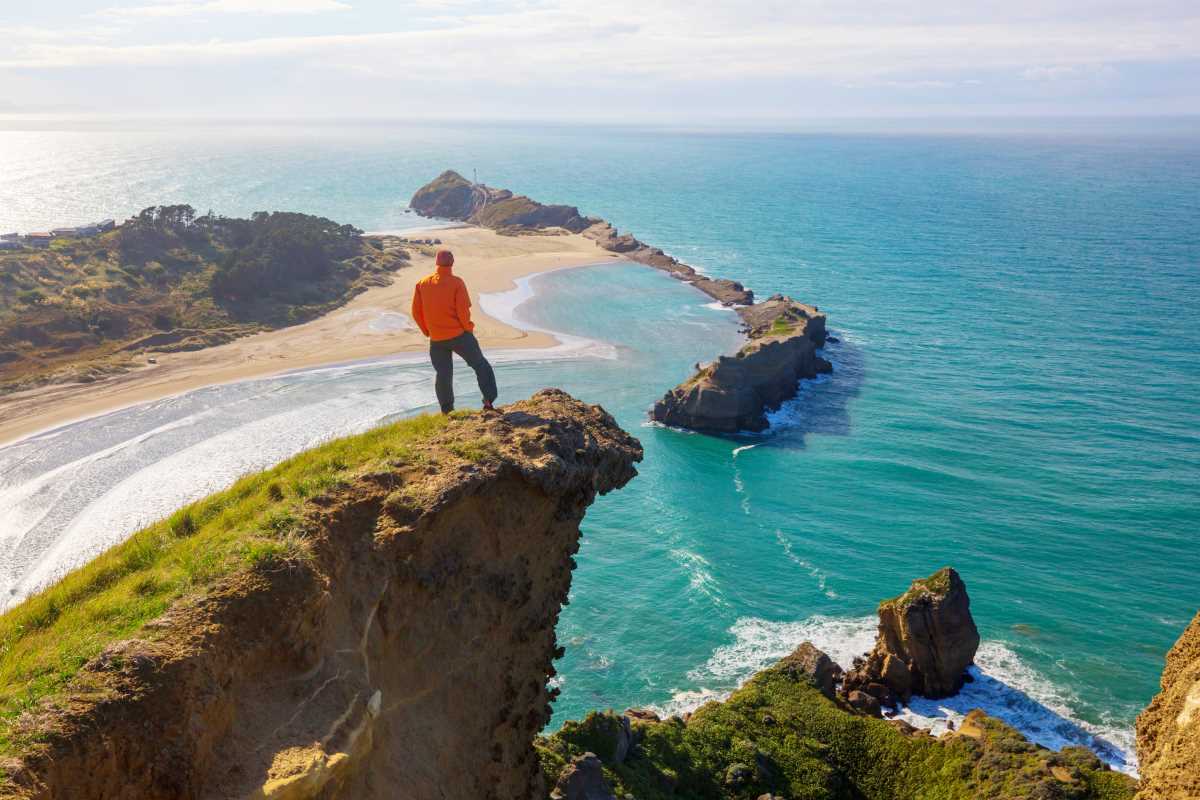 (Image via
(Image via
